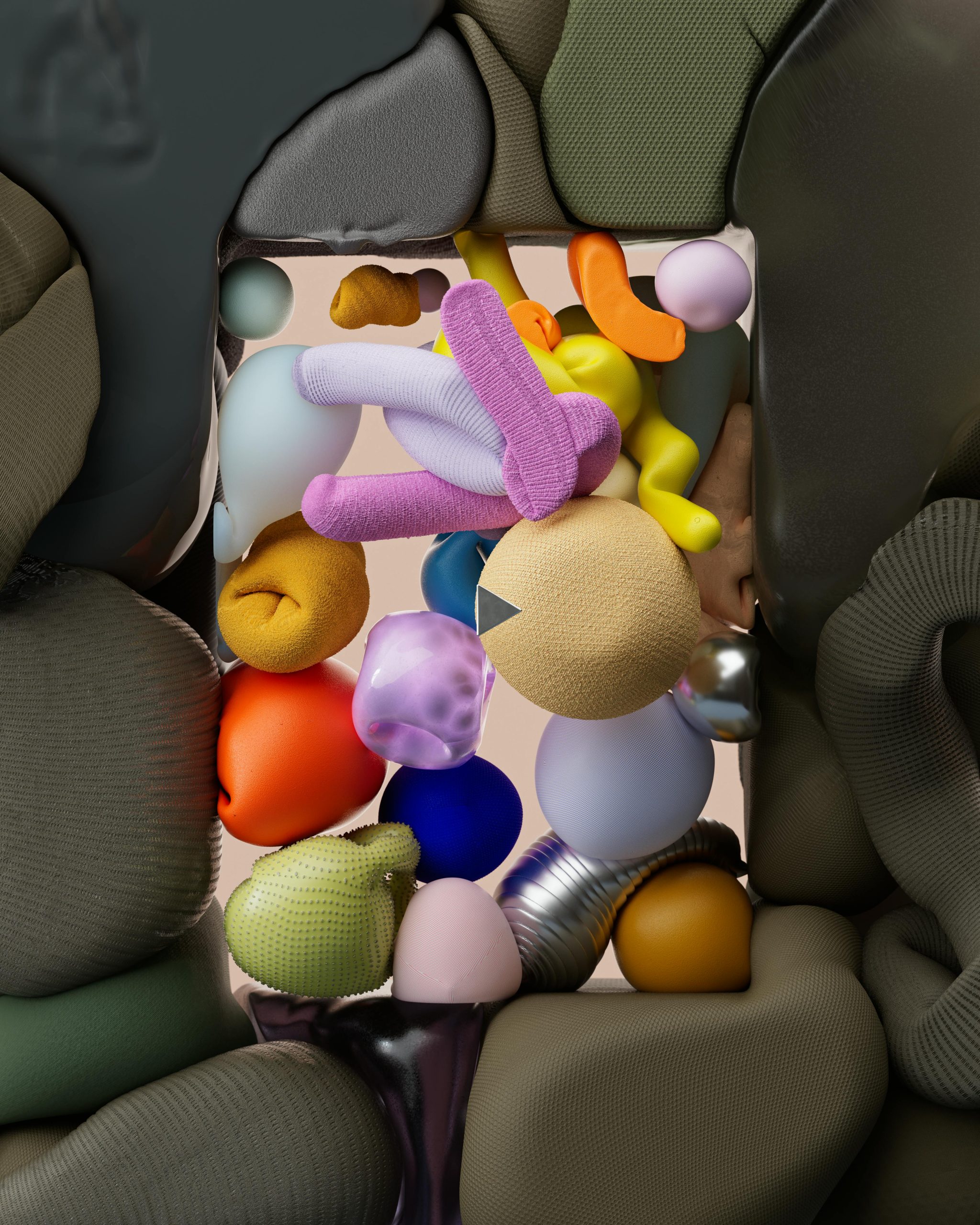Why are AI video generators limited to a few seconds of video?
Understanding the Constraints of AI Video Generators: Why Are They Limited in Length?
The advent of AI-driven video creation tools has generated significant excitement within the digital content community. Recently, platforms like Midjourney have introduced their own video generators, typically producing clips around five seconds in length, with a maximum limit extending up to twenty seconds. This raises an important question: why are these AI video generators so limited in duration?
Cost and Resource Intensity
Creating high-quality AI-generated videos is computationally demanding. Each second of video requires substantial processing power, data handling, and rendering time. As a result, developers often impose length restrictions to manage server loads and control operational costs.
Technical Challenges in Video Synthesis
Generating coherent and visually appealing videos involves complex modeling of motion, continuity, and scene dynamics. Ensuring seamless transitions and realistic movement over extended durations remains an ongoing technical challenge. Limitations in current AI architecture mean that maintaining quality over longer clips is considerably more difficult than producing short snippets.
Balancing User Needs and Practicality
While paying customers might wish to generate multiple-minute videos at a time, current technology constraints make this impractical. Instead, many platforms offer shorter clip options, which can then be combined or extended using other editing tools. This approach provides a balance between accessibility, cost, and output quality.
Looking Ahead
As AI technology continues to evolve, we can anticipate more efficient models capable of producing longer, more complex videos. For now,短-term innovations aim to improve quality and duration, but technical and economic factors still set important boundaries.
In conclusion, the current limitations on AI video length stem primarily from technical complexities and resource considerations. As research progresses, we can expect these boundaries to expand, enabling creators to produce longer, more detailed visual content in the future.














Post Comment